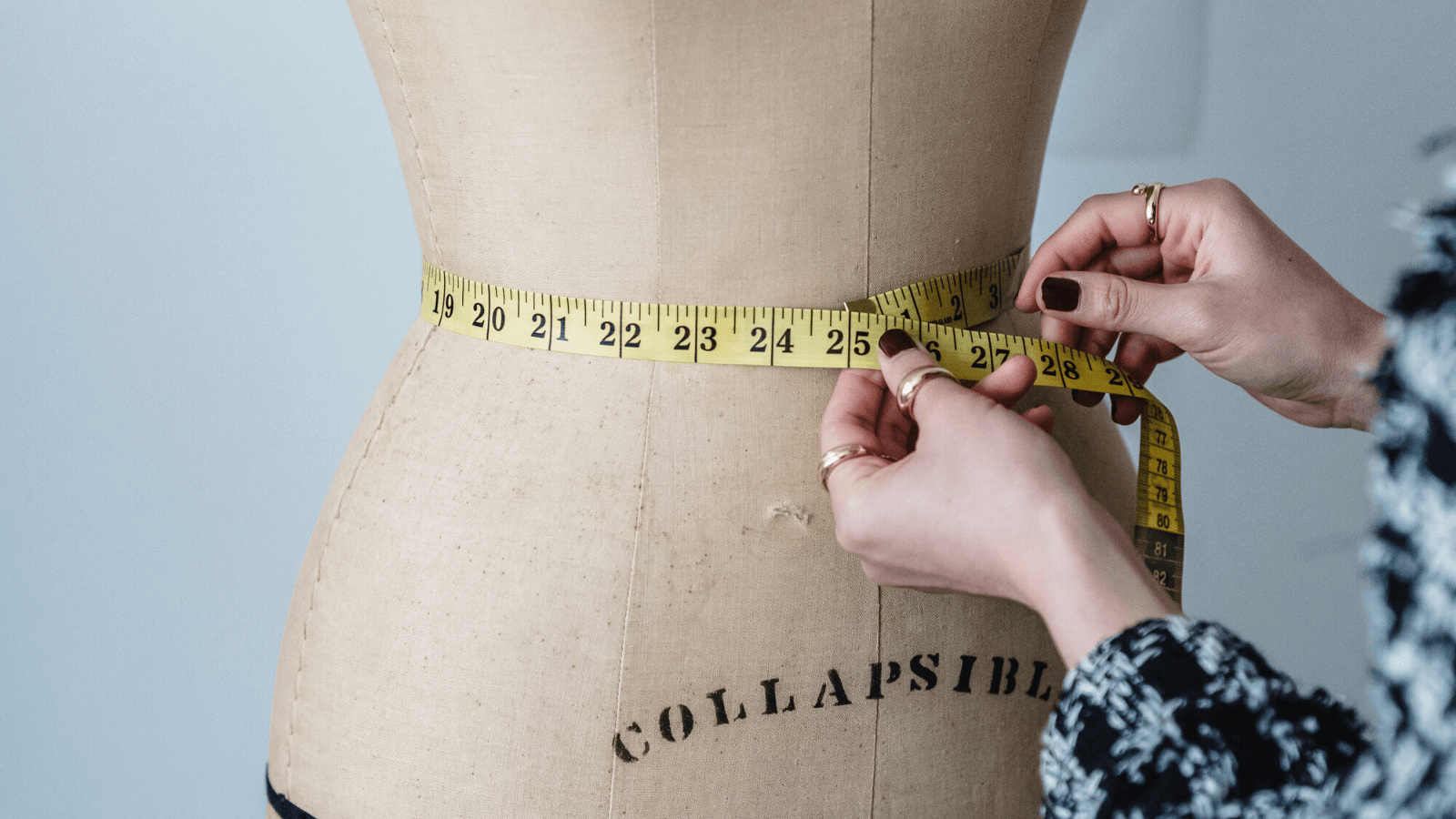November 2024
How Size Doubts Impacts Fashion E-Commerce Performance
Ludimila Borderes

Sizing uncertainty is one of the biggest barriers to purchase when shopping for clothes online. As such, it greatly impacts the performance of any e-commerce store, affecting both potential and completed purchases. In this article, we’ll look at what causes sizing doubts, how it impacts e-commerce performance, and what to do about it.
Where does size uncertainty come from?
Before looking at how size uncertainty affects e-commerce performance, it’s important to consider the main factors contributing to uncertainty and confusion in the first place. Once you better understand size doubts from the perspective of shoppers, it’s easier to design strategies to overcome it.
1. Sizing is inconsistent
When shoppers have to pick a size, it’s rarely as easy as picking the size they normally wear. Since there’s no standardized sizing in the fashion industry, sizes can fit very differently across brands. Oftentimes, sizing can vary widely within a single brand!
Standardized sizing is great in principle, but it’s far from reality. Brands targeting different consumers, and differences in garment styles, fabrics, and cuts, make standardized sizing nearly impossible to implement.
Brands having their own unique sizing is great for designing clothes to meet a diverse range of body shapes and sizes, but it can be frustrating for shoppers.
Based on the sizes they normally wear, shoppers might have a good idea of more or less what size to pick out, but without being able to try on different sizes, it can still feel like a guessing game.
2. Inaccurate size charts and measurement errors
Size charts are a simple way to help shoppers find their size. In theory, as long as shoppers know the sizing of the particular garment they’re interested in, there’s no need for standardized sizing.
But to be effective, size charts need to be extremely accurate, otherwise they won’t resolve any sizing uncertainties. Imagine a shopper taking the time to consult a size chart and still ordering the wrong size! If a size chart is outdated, inaccurate, or incomplete, that’s exactly what can happen to your shoppers.
Size charts also rely on shoppers either knowing their body measurements, or having access to a measuring tape. Two things which are not the case for most shoppers.
3. Differences in body shape and preferences
Like sizing, bodies aren’t standardized. Everyone has a unique body shape and size, which only adds to the difficulty of picking out a size without trying on garments. If a shopper normally has issues finding the right size, they’re likely to be very weary of purchasing clothes online.
Online, shoppers are limited to images of models wearing garments to get an idea of how they fit. If a shopper doesn’t feel represented by any of the models, the product images may not be of much use to them.
Beyond differences in body size and shape, shoppers also have different fit preferences. For example, two shoppers with similar body shapes may prefer to wear different sizes, with one preferring a fit that is a little looser or tighter.
4. Garments have different fits and fabrics
All garments fit differently. They are made with different fabrics and cuts for this exact reason.
Consider leggings. Leggings are made of very stretchy fabric which can make it hard to capture sizing with a size chart alone.
Depending on style, garments will fit differently too. For example, the sleeves of an oversize t-shirt will typically extend to the wearer’s elbows, whereas most people would consider a regular t-shirt with sleeves that long to be the wrong size.
How size doubts affects store performance
Unsure customers abandon more carts
If a shopper doesn’t feel confident about what size to order, it’s unlikely they’ll go through with their purchase. Conversion rates are what are most directly impacted by size uncertainty.
It takes very little for shoppers to give up on their purchase – consider that an average of 70.19% of all online carts are abandoned. And shoppers abandon carts for just about any reason you can imagine: a checkout process that’s too long, being forced to create an account, additional costs, website performance, and the list goes on.
Size uncertainty is just another in a long list of reasons why people don’t complete their purchases. And in fashion e-commerce it’s a big one! So much so in fact, that when retailers implement Size & Fit, a size recommendation tool to help shoppers pick out the right size, they typically see their conversion rates increase 8 times.
Size uncertainty leads to customers ordering the wrong size
Size doubts isn’t enough to deter all shoppers from completing their purchase. That’s good for your conversion rates but bad for your return and exchange rates.
Whether a shopper orders the wrong size, or orders multiple sizes to try them all on at home, they’ll need to make returns and exchanges, both of which negatively impact your store’s performance.
While abandoned carts represent a potential sale that wasn’t made, in the case of returns and exchanges they typically represent a net loss.
Size uncertainty can overwhelm your customer service channels
If shoppers can’t decide what size to order on their own, some of them will contact you for help. Depending on the size of your store, that could put a strain on your customer service team.
And if size uncertainty means shoppers ordering the wrong size, those shoppers will also strain your customer service and logistics teams who will need to process returns and exchanges.
Less engaged shoppers
Size uncertainty could lead to shoppers becoming disengaged while browsing your store. If they’re unsure what size to order and know they won’t end up buying anything, they’ll either bounce from your store or spend significantly less time exploring it.
Shoppers who order the wrong size leave bad reviews
Ordering the wrong size says nothing of a garment’s quality, but that doesn’t stop shoppers from leaving bad reviews citing improper fit.
It’s frustrating, it’s not right, but it happens!
Resolving size doubts in fashion e-commerce
It’s clear that size doubts negatively affects fashion e-commerce stores. So, how can you minimize size uncertainty for shoppers? The two best solutions are size size charts and size recommendation tools.
Size charts
We know, we mentioned inaccurate size charts as a reason behind size uncertainty, but accurate size charts are a solution.
They’re inexpensive and relatively easy to implement. But, as we’ve already mentioned, shoppers need to either know their body measurements or have access to a measuring tape.
On top of that, size charts still can’t properly convey how garments will fit. It can be hard to capture the nuances of fit and fall with measurements in a size chart.
Size recommendation tools
Size recommendation tools are an even better solution that quickly and easily help shoppers find their size. These tools typically require users to enter their height, weight, and age, to provide a size recommendation.
Since most shoppers should know their height and weight, size recommendation tools are the most convenient way for them to find their size.
Optimizing fashion e-commerce
Reducing size doubts is just one way to improve your store’s performance. There are many aspects of your store you can improve on to deliver a better online shopping experience.
If you’d like to learn about other ways to improve your fashion e-commerce store’s performance, check out our other articles related to e-commerce.







